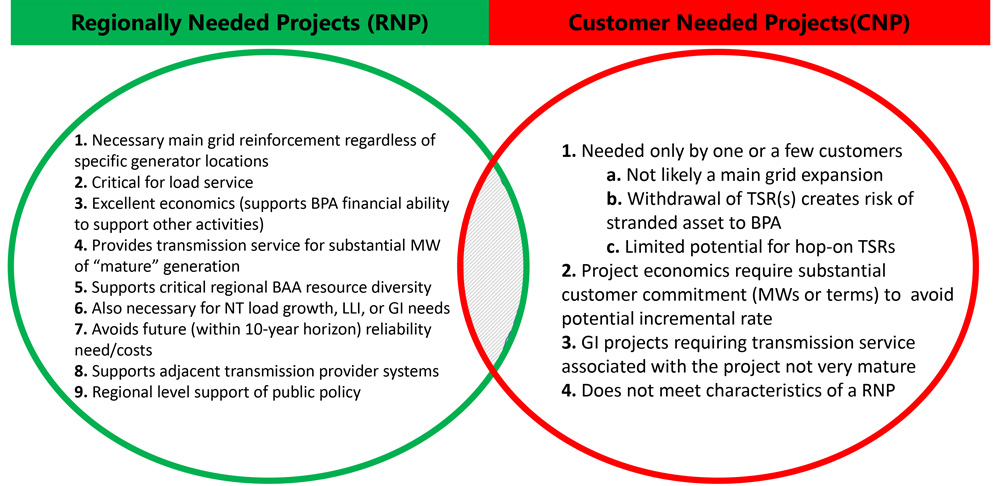CAISO is considering how to apply fast-start pricing to the Extended Day-Ahead Market (EDAM), a topic that has been a sticking point for some as entities across the West decide whether to join it or SPP’s Markets+.
Of the six FERC-jurisdictional organized markets, CAISO alone does not use fast-start pricing, a mechanism that factors the cost of starting and operating gas-fired peaking units into their wholesale market prices.
In March, Western Energy Imbalance Market experts called for fast-start pricing as a method to provide more efficient price signals and fix certain price anomalies that can occur when least-cost dispatch starts up block-loaded fast-start units. (See WEIM Expert Calls for Fast-start Pricing to Address ‘Anomalies’.) The benefits of fast-start pricing also were highlighted in an “issue alert” published Aug. 28 by 10 entities that back the development of Markets+. (See 3rd ‘Issue Alert’ Compares Pricing Practices in Markets+, EDAM.)
During a meeting of the Price Formation Enhancements Policy Development Working Group on Dec. 5, ISO staff and stakeholders considered how long fast-start pricing logic should apply in the real-time and day-ahead markets, as well as the implications for including fast-start pricing in EDAM. James Friedrich, lead policy developer at CAISO, highlighted the importance of amortization for the mechanism, as well as the challenges.
“At its core, amortization is talking about fixed costs that generators incur when they start up and spread them out over time in a way that makes economic sense,” Friedrich said. “The challenge is that these costs are lumpy: They come all at once. We need to figure out a way to incorporate them into our per-megawatt-hour energy prices.”
Without amortization, fast-start units that run for short periods rarely would be able to recover their fixed costs through energy market revenues alone, meaning the ISO would have to rely on uplift payments, Friedrich explained. By amortizing fixed costs and converting them into a per-megawatt-hour adder to the unit’s energy bid, the cost of serving load can be better reflected in the market price.
“The key question that we’ll explore further … is exactly how we should spread these costs … across [both] the megawatts the unit produces and … the time it operates,” Friedrich said.
Specifically, the ISO asked stakeholders to consider whether costs should be spread out across a unit’s entire minimum run time, concentrate the costs in the period the unit was needed or spread them out across the entire expected output run time.
Some stakeholders questioned how much better off a particular resource would be under the fast-start pricing construct versus what it gets paid under the status quo.
“Fast-start pricing is going to increase prices to customers, and in this initiative, I recall that the reason we’re looking at that is to improve price formation itself and, I would imagine, to try and attract higher- or better-quality resources,” said Stuart Kelly, a consultant at Utilicast. “But I’m trying to understand, is it really going to do that? How much better off is that higher-quality resource going to be under one of these examples here compared to the status quo?”
In a 2016 Notice of Proposed Rulemaking (RM17-3), FERC suggested that costs should be included in prices only “during the resource’s minimum run time.” For start-up costs, the NOPR proposed to “amortize a fast-start resource’s start-up cost over the resource’s minimum run time and its economic maximum operating limit.” For no-load costs, FERC recommended dividing a fast-start resource’s no-load cost by the resource’s economic maximum operating limit.
Attempting to amortize start-up costs beyond the minimum run time is “problematic,” FERC stated, because after the minimum, “the unit commitment algorithm may de-commit the fast-start resource if it is no longer economic, making the total run time unknown.”
FERC eventually abandoned the NOPR and ordered specific changes in PJM, SPP and MISO. (See FERC Drops Fast-Start NOPR; Orders PJM, SPP, NYISO Changes.)
Cost amortization varies across markets. In ISO-NE, MISO, PJM and SPP, start-up costs are amortized across the resource’s maximum output and minimum run time. In NYISO, the adjusted cost for output levels that are less than or equal to the output level that minimizes average cost is equal to that minimum average cost.
ISO-NE had argued that implementing fast-start pricing in the day-ahead market would be a “complex and time-consuming endeavor” that would have limited benefits because most fast-start resources are committed in real time.
“Day-ahead markets typically have much more flexibility and options to meet load, which reduces the likelihood of needing to commit fast-start units,” Friedrich said. “Even without explicit fast-start pricing in the day-ahead market, virtual bidding may bridge the gap here, and market participants that anticipate fast-start pricing impact in real time may adjust their day-ahead positions accordingly, which would converge the prices naturally between the two markets.”


